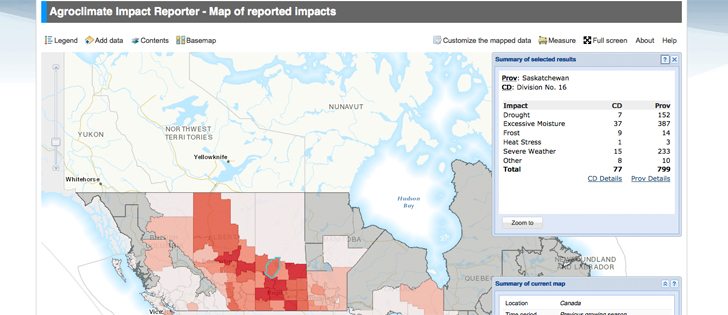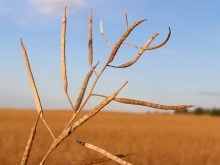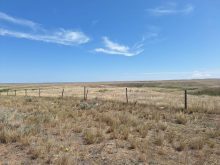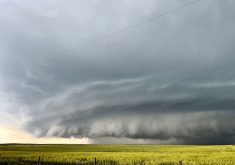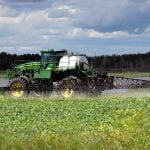Volunteers provide local information that helps government with policy decisions, such as compensation
If 100 millimetres of rain falls over a weekend in July, it’s safe to say that things will be wet come Monday.
However, it can be hard to know the impact of such a storm on farm operations because 100 mm is just a number.
To fill the void, Agriculture Canada operates a program called Agroclimate Impact Reporter (AIR).
Launched in 2013, AIR is a network of about 300 volunteers, mostly farmers, who share information on the impact of snow, rain, heat, hail and drought in their part of the Prairies.
Read Also
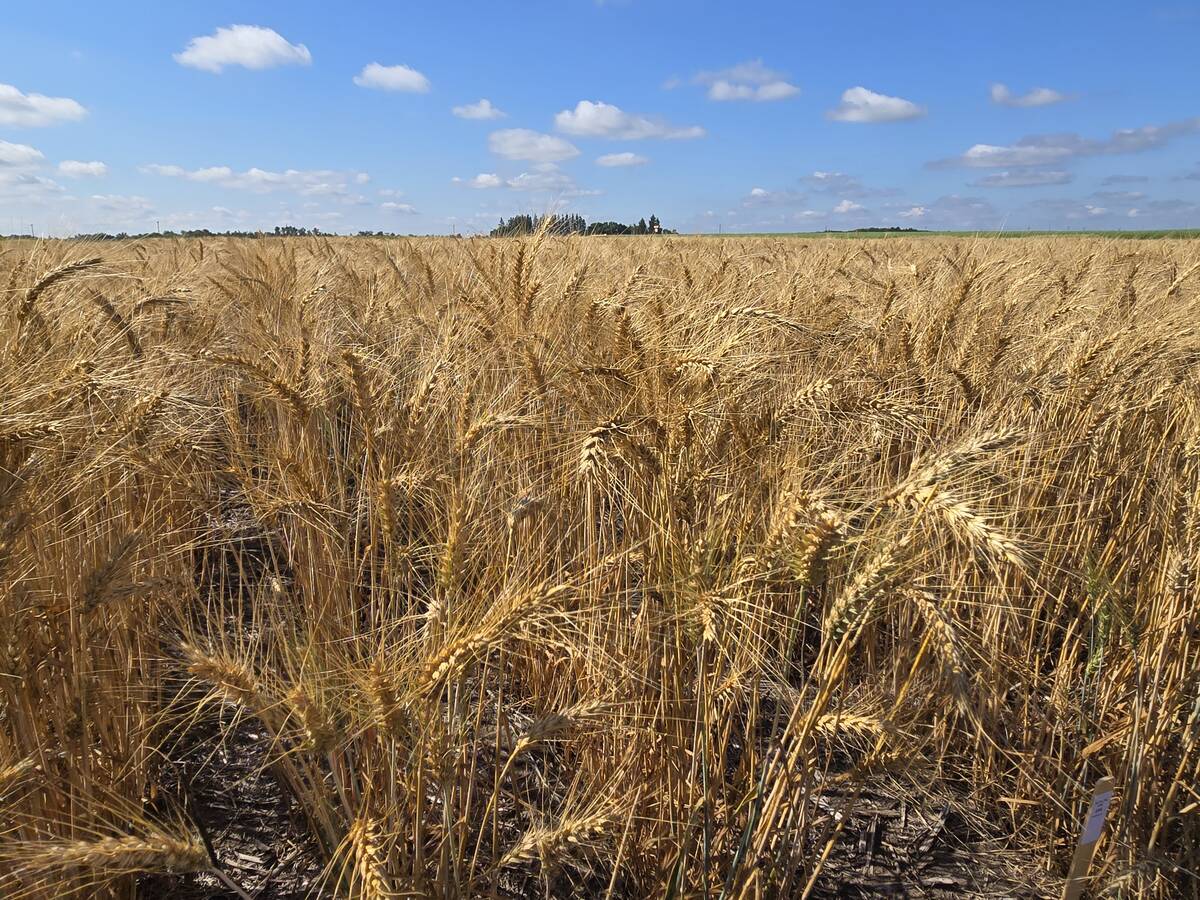
Fall rye hits record high in Manitoba
Winter cereals 2025: More Manitoba fields grew fall rye in 2025 than ever before, but winter wheat slipped and, while spring stand survival was good, drought took its toll
“In some respects, it is more important to know the impacts from conditions or events than to know the absolutes like how much it rained,” said Trevor Hadwen, agroclimate specialist with Agriculture Canada.
“There is no better source for impact information than those who live in the affected areas.”
Patrick Cherneski, manager of Agriculture Canada’s National Agroclimate Information Service, said the AIR program has two functions:
- provides information for policy makers
- helps producers understand what’s happening in and outside their region
“For government, we are collecting this information to truly assist with decision making. The impact information is very important,” Cherneski said.
“(It) helps us in our programs and policy, (such as) livestock tax deferral, AgriRecovery.”
The AIR program operates like a poll or survey. Agriculture Canada sends out a list of questions and volunteer reporters respond.
For instance, questions in October included:
- Are there livestock feed shortages because of excessive moisture?
- Are the shortages severe, moderate, localized or anticipated in two months?
Agriculture Canada staff collected the responses and then used it to generate a map for the Prairies. Reporters in an area from Neepawa, Man., to Prince Albert, Sask., said there were moderate shortages of livestock feed, so that region is coloured light blue on the map.
Similar AIR maps can be found at Agriculture Canada’s Drought Watch website.
Cherneski said the questions vary, depending on the time of year.
“In the spring we’d be putting out questions like, what’s spring snow melt looking like, what (are) the excess moisture conditions, how is seeding going, forage development, germination.”
All reporters are anonymous, so the information cannot be tracked back to a particular farm. Volunteer reporters in the AIR program also write comments about conditions in their area, adding to the information in the maps.
The AIR website has only a couple of years of data and maps, but it is interesting to compare one year to another.
Volunteer reporters were asked in August 2015 about heat stress on cropland. Almost all of Alberta and western Saskatchewan is orange or blood red on the map, indicating moderate to severe impact from heat stress.
The same map from 2016 is completely different. Ninety-five percent of Western Canada is grey, meaning there was no heat stress on crops.
“The beauty of this system is that it’s geospatial, or mappable,” Cherneski said.
“It’s an ever growing body, a record of reports for that area. Over time, wherever you live, you can click on that area (on a map) … and look at the actual reports that have been submitted.”
Agriculture Canada staff have been promoting the AIR program at agricultural trade shows and conferences because the department hopes to recruit more volunteer reporters.
The program’s 300 volunteers are barely enough to cover a large area that stretches from Winnipeg to Grande Prairie.
There’s a particular shortfall of volunteers in northern Saskatchewan. The program needs 500 reporters to make the prairie information more complete.
Agriculture Canada is also seeking agro-climate reporters outside the Prairies because the department wants to establish networks in Ontario, the Maritimes, British Columbia, and Quebec.
Cherneski hopes the recruiting efforts are successful because the program generates useful data for government and growers.
“Often, farmers know very well what is happening on their farm and in their local area,” he said.
“Once you start to get further afield, unless you have a very good network (of people), it gets increasingly difficult to (understand) what is happening.”


